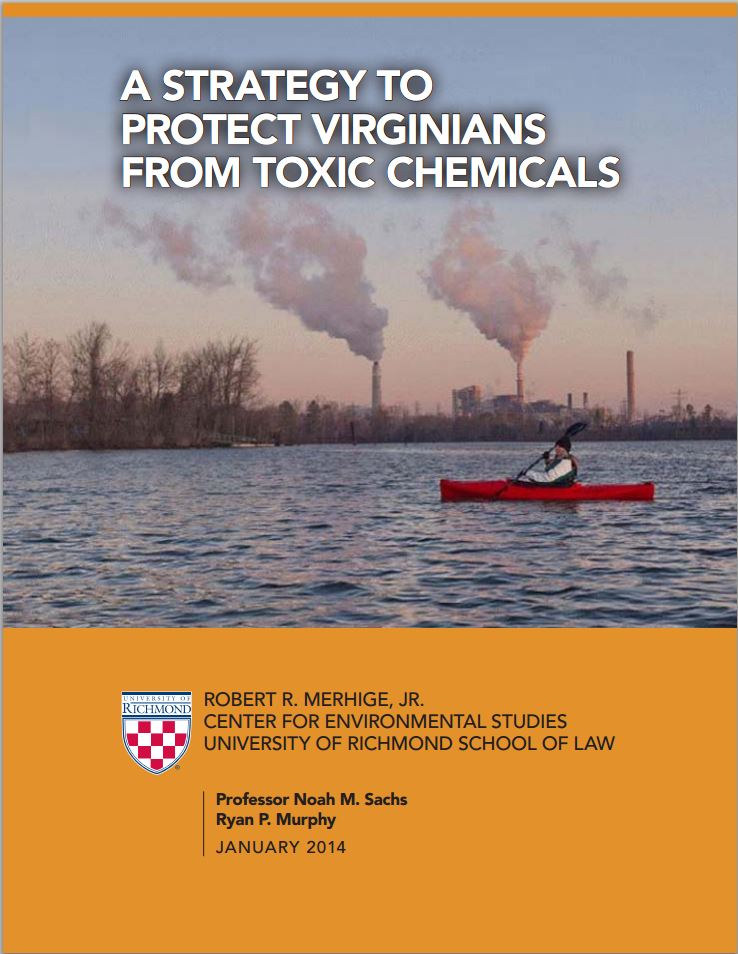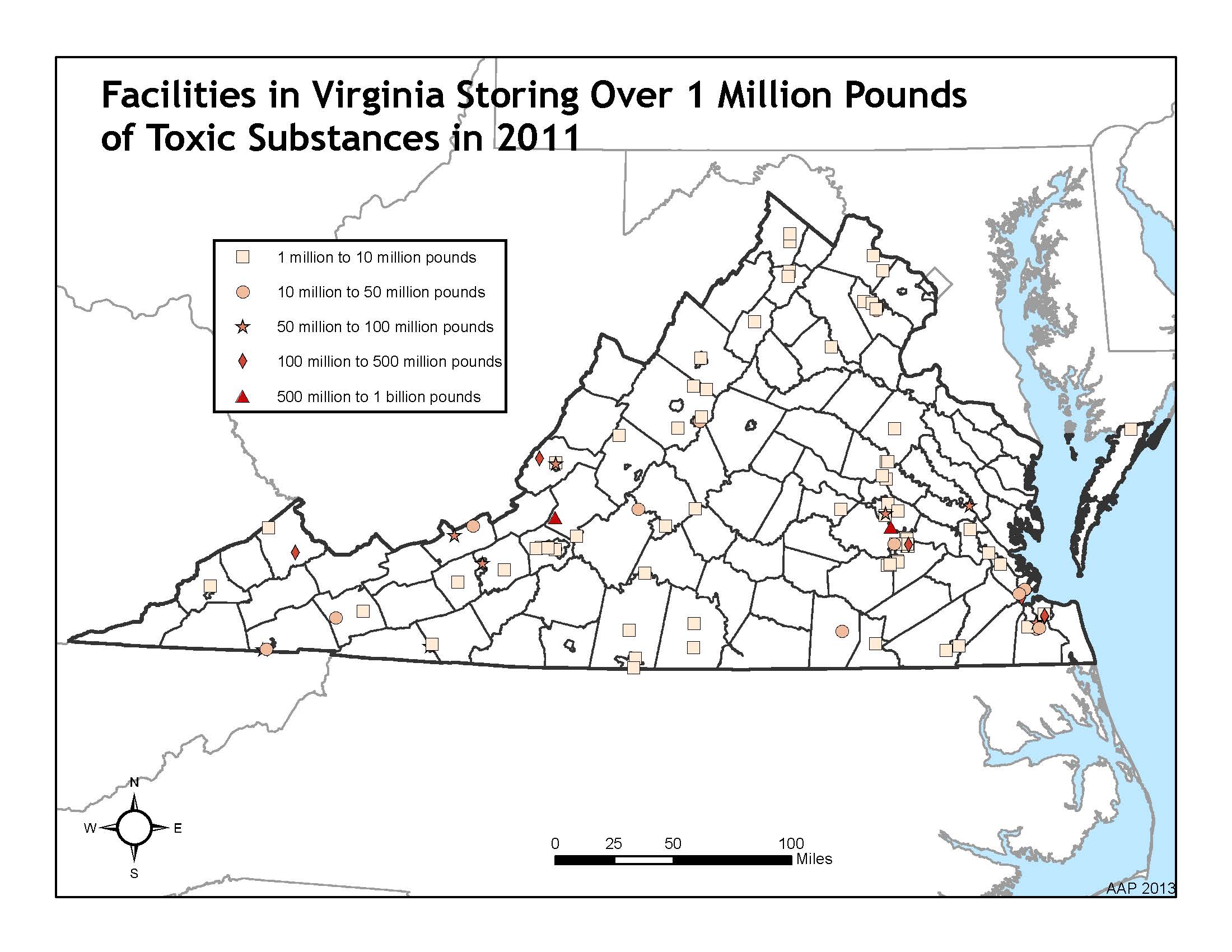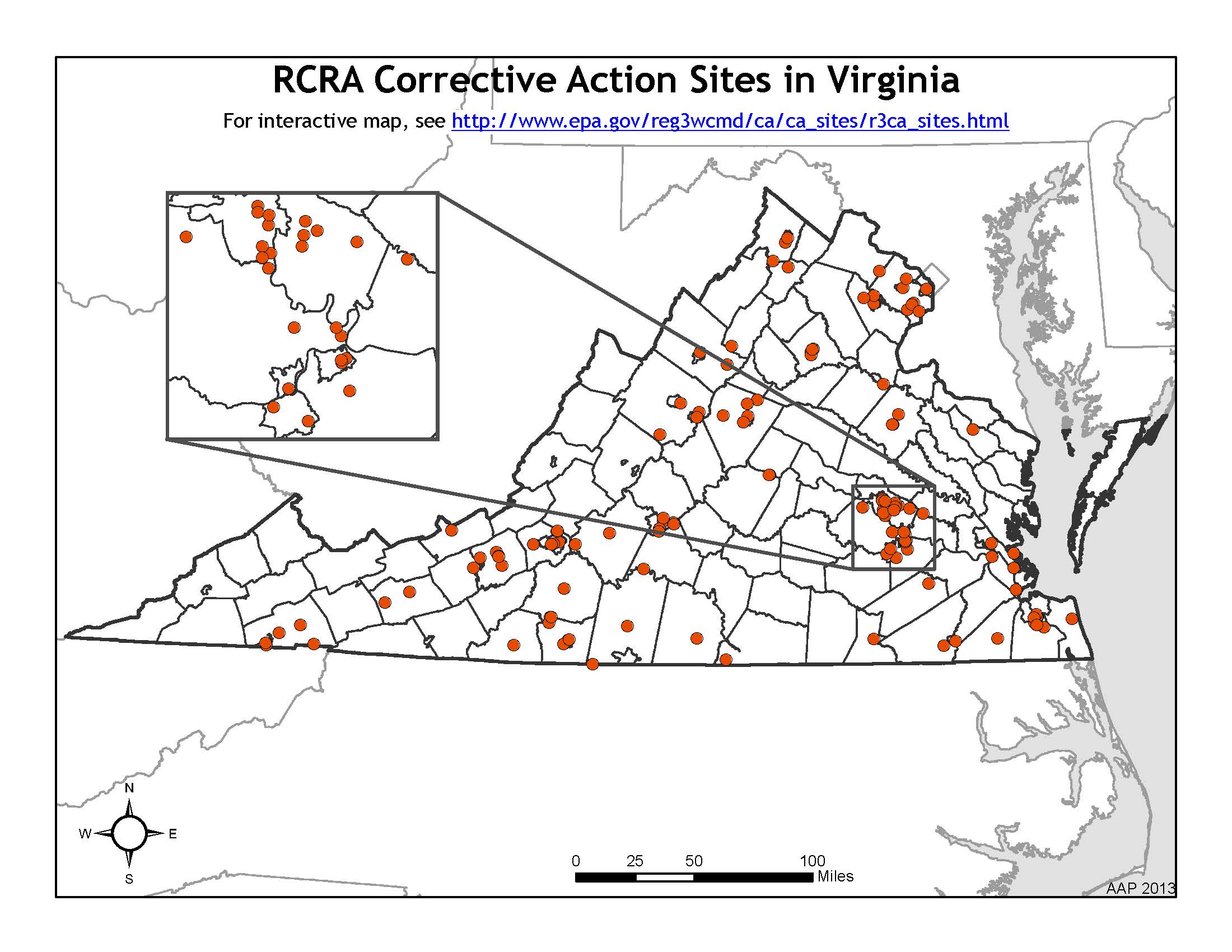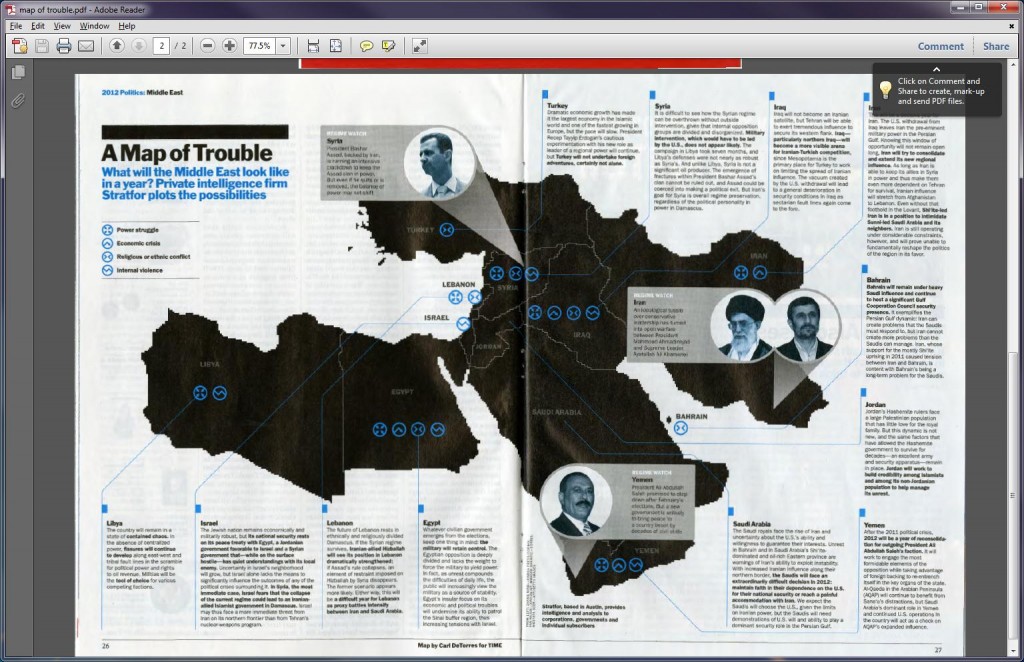 The University of Richmond comprises five schools serving both undergraduate and graduate students. The School of Arts & Sciences houses a majority of the undergraduate student body, but the School of Law is where most of the University’s full-time graduate students study. While the Spatial Analysis Lab falls under the purview School of Arts & Sciences, we are excited when we get to help some of the University’s other schools; we recently had such an opportunity when we got to assist the School of Law.
The University of Richmond comprises five schools serving both undergraduate and graduate students. The School of Arts & Sciences houses a majority of the undergraduate student body, but the School of Law is where most of the University’s full-time graduate students study. While the Spatial Analysis Lab falls under the purview School of Arts & Sciences, we are excited when we get to help some of the University’s other schools; we recently had such an opportunity when we got to assist the School of Law.
Law Professor and Director of the Robert R. Merhige Jr. Center for Environmental Studies Noah Sachs, alongside third-year law student Ryan Murphy, have released a report titled A Strategy to Protect Virginians from Toxic Chemicals, which is freely available at the preceding link. The report, which proclaims itself as “the first comprehensive examination of the sources of toxic releases in Virginia and the potential exposure of Virginians to harmful chemicals,” calls for increased attention regarding toxic chemicals in the environment because of their potential to lead to health problems and recommends how the Commonwealth can start to limit toxic exposures.
While the authors worded the report in common English, the release of toxic chemicals to the environment may not be a topic with which everybody has a lot of familiarity. That’s where the Spatial Analysis Lab stepped in, creating some simple-to-understand maps that showed the extent of sites containing toxic substances throughout Virginia. You can find these maps in the report, but we’ve included them in this post as well.
This first map looks at Superfund sites in Virginia. Superfund is the EPA’s program to clean up toxic waste sites; the NPL, or National Priorities List, is essentially a big list of these sites, so sites that have been removed may have already been sufficiently cleaned up.
The next map shows any facility in Virginia storing over one million pounds of toxic substances in 2011.
And this final map looks at Resource Conservation and Recovery Act (RCRA) corrective action sites in Virginia. RCRA is a law designed to regulate the disposal of toxic wastes. Click here to access the EPA’s interactive map.
The Spatial Analysis Lab is glad to offer assistance to Professor Sachs on this project. We look forward to continuing helping the Law School, and indeed the University of Richmond’s four other academic schools, in upcoming semesters!








